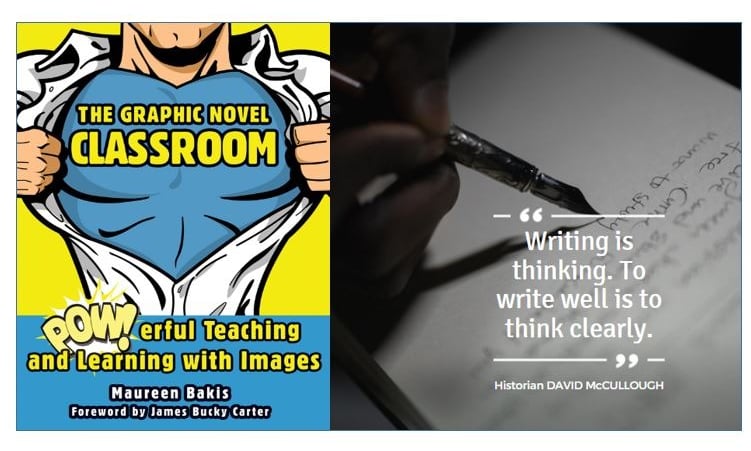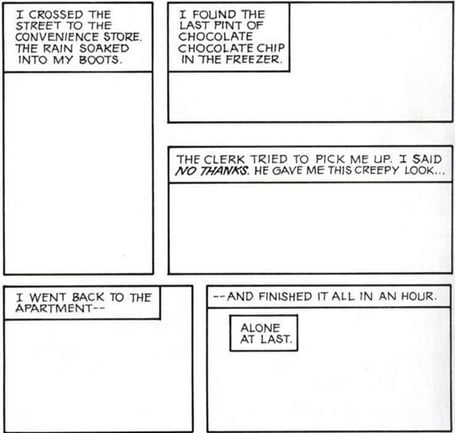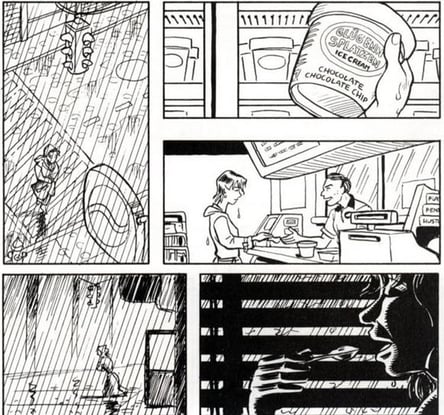CREATIVE LEARNING EXPERIENCES THAT CHANGE BEHAVIOR
A Comic Book Picture is Worth 1000 Reflective Words
Using Fun Pictures to Power Some Serious (& Wordy) Reflection
LEARNER REFLECTION
Lesley S
6/5/20252 min read


"There is something…about static images, something that holds your attention and screams, listen! See my hardship, see my joy—make sense of it, and know that you are not alone.”
“The graphic medium has the power to change one’s perspective completely...”
“I can take a lot away from something unexpected. To try new things in life and be open-minded to different ideas.”
These thoughtful learner reflections emerged from a course called The Graphic Novel. Yes, comic book versions of everything - from traditional English-class classics to new classics.
The thing about cartoony images (the cartoonier, the better, in fact) is that they make it easy for learners to envision themselves a scene, "which amplifies the overarching meaning of the story,” says Maureen Bakis, author of THE GRAPHIC NOVEL CLASSROOM: Powerful! Teaching & Learning with Images (Corwin Press; 2012).
Consider which of the following immediately engages the learner. And invites - demands, really - speculation about what's going on...and why?




Same cartoon (source) but obviously the images with no text are the clear winner.
The pictures engage us, but writing about them - connecting the concepts - helps us to think.
“We all know the old expression, ‘I’ll work my thoughts out on paper.’ There’s something about the pen that focuses the brain in a way that nothing else does. Writing is thinking. To write well is to think clearly.” - Pulitzer award winning historian David McCullough in an interview with former NEH chairman Dr. Bruce Cole (source)
So why not combine them?
Use cartoony images to capture learners' attention. Invite them in. Motivate them to engage with the learning content - immersively. “The degree of empathy depends on how intimately connected the reader feels to what he or she sees while reading,” continues Bakis. “If we can imagine ourselves in an image, chances are greater that we will feel as though we are in the story.”
But after the learner has engaged with the content, it's vital to get them to reflect. For without reflection, notes learning expert Dr. Karl Kapp, there is no learning. No real thinking. And thinking happens when you write.